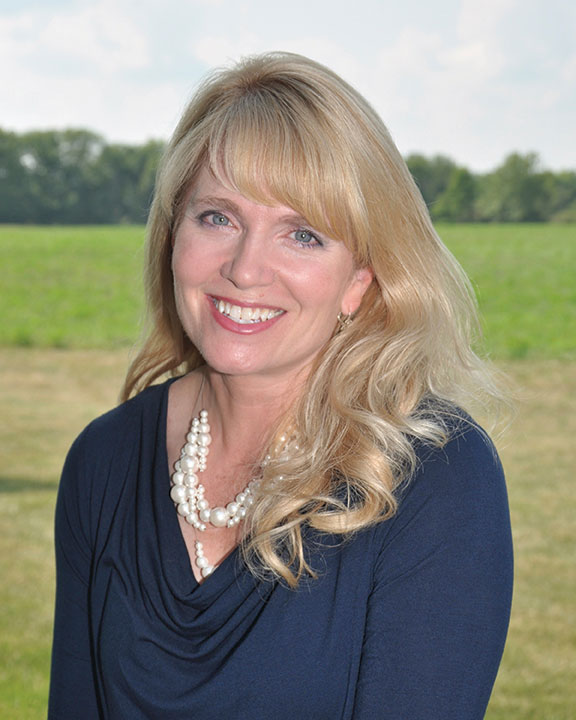
Winning on the Web
Twenty years ago, advertising was structured around print media and television commercials. Today — with the evolution of the World Wide Web — the possibilities are endless and farmers can cash in on social media success.
I sat down with Michele Payn-Knoper to talk all things social media and learn a little more about what she does to stay relevant online.
Courtney Culey: Michele, tell me about yourself and how you’re involved with agriculture.
 Michele Payn-Knoper: Visit www.causematters.com — that describes most of it. I’ve been a farm girl for my entire life, a professional speaker in agriculture for 13 years and released No More Food Fights! Growing a Productive Farm & Food Conversation” last year.
Michele Payn-Knoper: Visit www.causematters.com — that describes most of it. I’ve been a farm girl for my entire life, a professional speaker in agriculture for 13 years and released No More Food Fights! Growing a Productive Farm & Food Conversation” last year.
CC: What sort of social media experience do you have?
MPK: I started in social media in late summer 2008. I thought it was useless until I started seeing farm perspectives be shared by others through what they had picked up in my Facebook and Twitter feeds. I started researching what the anti-ag activist groups were doing at the end of the year and realized all facets of agriculture needed a voice in the conversation. My purpose in social media is to inform, incite and inspire conversations around farm and food. I started AgChat in April 2009, and then was a founding board member of the AgChat Foundation in April 2010. The AgChat Foundation serves to empower farmers and ranchers to use social media in telling agriculture’s story.
CC: What value does social media have in agriculture?
MP: Social media is a tool used to extend the farm and food conversation beyond the end of the farm driveway. Given the billions engaged in social media, we cannot refute the cultural shift from social — and I would suggest it is in agriculture’s best interest to capitalize on the opportunity to have a conversation with a wider audience. Social provides a listening and conversation tool for people in agriculture to connect with others around the food plate.
CC: How do you use social media to drive traffic to your various entities? How do you suggest growers use it to better their business?
MP: My social media strategy is as follows:
- Know your purpose (e.g. my purpose is to incite, inform and inspire conversation around farm and food).
- Build a community around your purpose.
- Serve others as a resource. Social media done well is not about pushing out marketing messages — it is about providing information valuable to your community.
CC: Here at Great American Media Services, we are constantly reminding people that social media is not free — you have to pay someone to post — so measuring return is always key. How do you suggest growers measure social media ROI?
MP: Not a lot is free in life, particularly those activities from which you reap a reward. There are numerous case studies showing how regulation, misinformation and activist pressure has impacted the bottom line of food production (biotech, gestation stalls, rBST, et al). The reality is that if agriculture is not proactively participating in the conversation today, we will lose our right to farm as we best see fit tomorrow.
CC: If we aren’t participating, we are failing to connect with a large — and very active — social media audience. Can you share a few social media marketing tips and tricks?
MP: Build a community before you need them, share a lot of visuals, serve as a resource to others (which means only 20 percent of your posts should be typical product marketing) and participate in the conversation.
Payn-Knoper can be found at any of the following channels:
- Twitter: www.twitter.com/mpaynknoper
- Facebook: www.facebook.com/causematters
- LinkedIn: www.linkedin.com/in/mpaynknoper
- YouTube:www.youtube.com/mpaynknoper
- Pinterest: www.pinterest.com/mpaynknoper
- Instagram: www.instagram.com/mpaynknoper
Courtney Culey is the digital engagement editor for Great American Media Services. She can be reached at [email protected].







